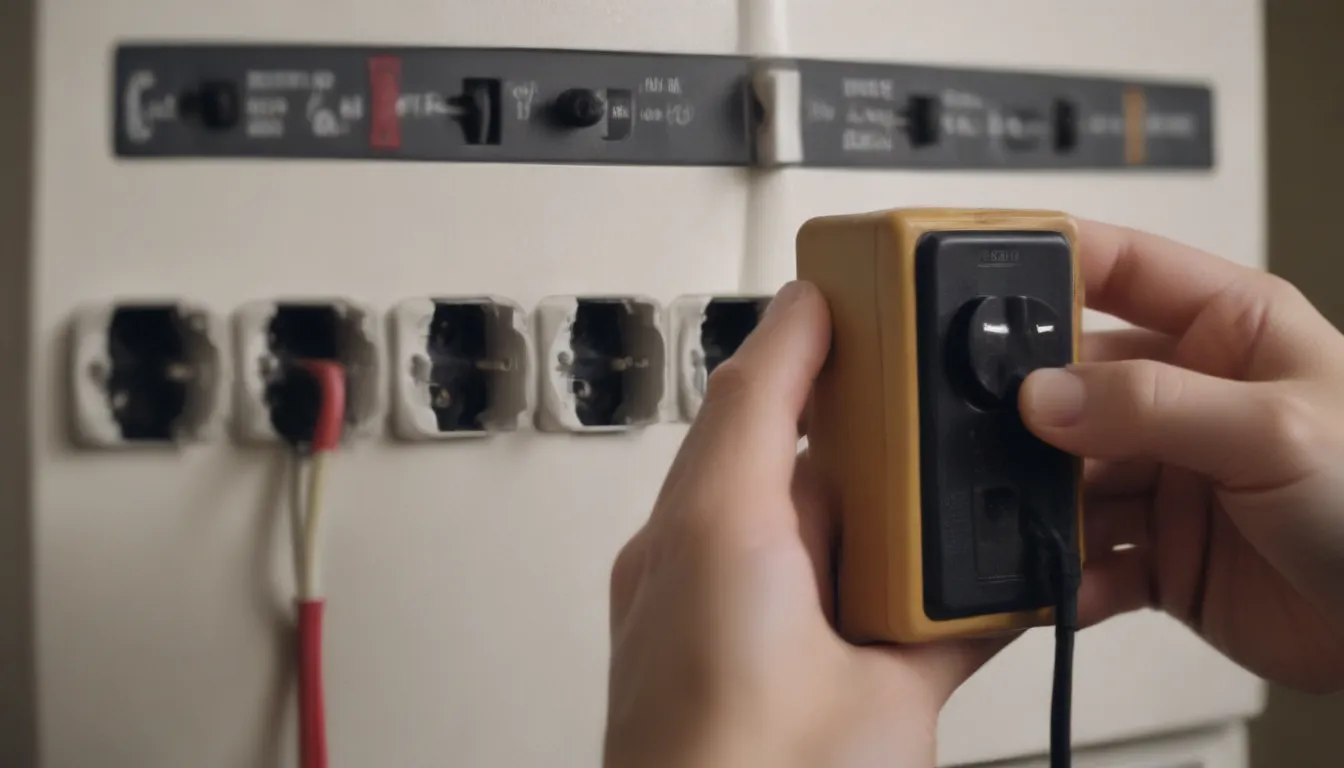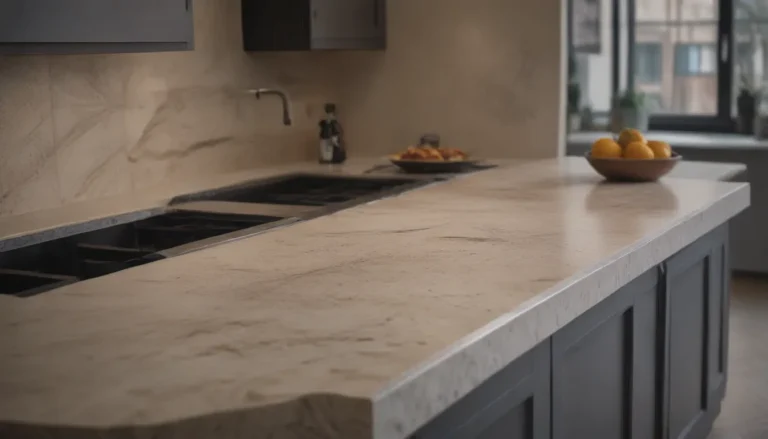How to Safely Test Outlets for Power and Voltage

When it comes to working on any electrical system, one of the first things you need to determine is whether or not an outlet is powered and if it is receiving the correct voltage. This information is crucial for any electrical work you may need to do in your home.
The good news is that testing outlets for power and voltage is something that most homeowners can do on their own. From simple methods using a working lamp to more sophisticated tools like multimeters and UWB devices, there are various ways to test outlets for power and voltage levels. In this article, we will explore different methods, safety considerations, and tips for testing outlets effectively in your home.
Safety First: Considerations When Testing Outlets
Before we dive into the different methods of testing outlets for power and voltage, it’s essential to understand some safety considerations. Working with electricity can be dangerous, so it’s crucial to take precautions to protect yourself from potential hazards. Here are some safety tips to keep in mind:
- Shut off the main power: Before testing any outlets, consider shutting off the main power source in your home to avoid any accidents.
- Use protective gear: Wear rubber gloves and safety goggles when working with electrical outlets to protect yourself from electric shocks.
- Consult a professional: If you are unsure about testing outlets or dealing with electrical systems, it’s always best to consult a qualified electrician for assistance.
Remember, your safety should always be the top priority when working with electricity. If you are not comfortable or confident in your abilities to test outlets, don’t hesitate to seek professional help.
How to Test an Outlet Using a Working Light
One of the simplest and most straightforward methods of testing an outlet for power is by using a working light. This method is ideal for quickly determining whether an outlet is receiving electricity. Here’s how you can test an outlet using a working light:
- Plug in a working lamp: Simply plug a working lamp or light into the outlet you want to test. If the outlet is powered, the light should turn on.
- Check for power: If the light does not turn on, there may be an issue with the outlet or the circuit. Consider testing other outlets in the same area to determine if the problem is isolated.
Testing outlets with a working light is a practical way to identify powered outlets in your home quickly. It can be particularly useful when mapping circuit breakers or troubleshooting electrical issues.
Using a Voltage Tester to Test Outlets
For more precise testing of outlets and determining voltage levels, a voltage tester is a handy tool to have. Whether you opt for a non-contact voltage tester or a multimeter, these devices can provide valuable information about the electrical current in an outlet.
- Non-contact voltage tester: A non-contact voltage tester is a simple and affordable tool that can detect electrical current without touching the wires. It’s an on-off tool that indicates whether the power is on or off in an outlet.
- Multimeter: A multimeter is a more advanced tool that provides detailed information about voltage levels. While multimeters are highly accurate, they can be challenging for beginners to use and may require some learning.
- Testing the voltage tester: Before using a voltage tester, always test it on a known live circuit to ensure its accuracy. Be cautious of false positives or false negatives that may occur with these devices.
Using a voltage tester can help you determine if an outlet is receiving power and assess the voltage levels accurately. It’s a useful tool for DIY homeowners who want to ensure the safety and functionality of their electrical outlets.
Additional Tips for Testing Outlets
In addition to using a working light or a voltage tester, here are some additional tips and considerations for testing outlets for power and voltage:
- Test electrical cords: Use a voltage tester to determine if electric cables, extension cords, or light cords have power. Be sure to touch around the cord to detect any live currents.
- Inspect wiring with a multimeter: While multimeters are more complex, they are useful for determining voltage levels accurately. Make sure to educate yourself on how to use a multimeter safely before testing outlets.
- Consider a UWB device: If you need to detect powered-up electrical cables behind drywall, a UWB device can be a valuable tool. However, these devices are expensive and may be challenging to operate for beginners.
By following these tips and methods for testing outlets for power and voltage, you can ensure the safety and functionality of your electrical system in your home. Remember to prioritize safety and consult a professional if you are unsure about any electrical work.
Conclusion
Testing outlets for power and voltage is an essential aspect of maintaining a safe and functional electrical system in your home. By using simple tools like a working light or a voltage tester, you can quickly identify powered outlets and assess voltage levels accurately. Remember to prioritize safety, consult a professional if needed, and follow proper procedures when working with electricity.
Whether you are a seasoned DIY homeowner or a beginner looking to learn more about electrical systems, testing outlets for power and voltage is a valuable skill to have. By following the tips and methods outlined in this article, you can confidently test outlets in your home and ensure a safe and reliable electrical system for you and your family.





